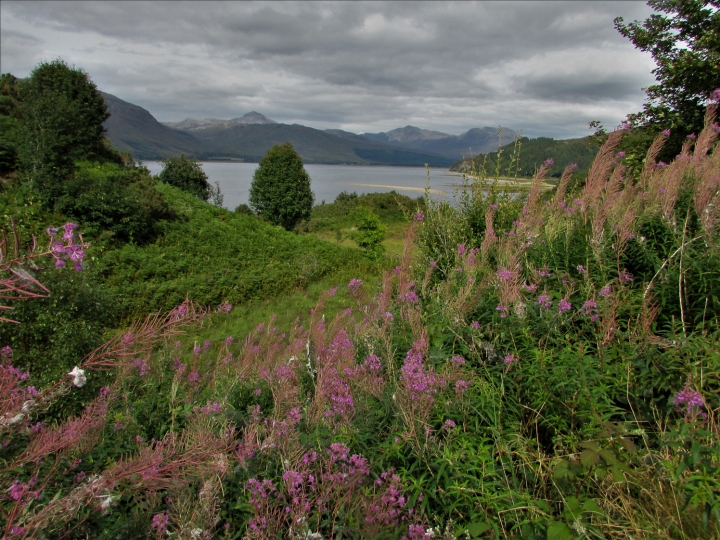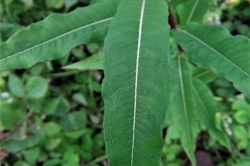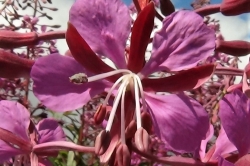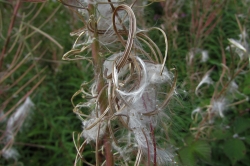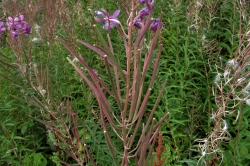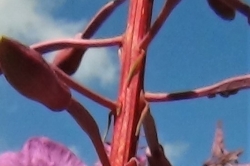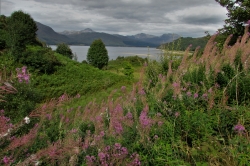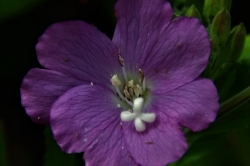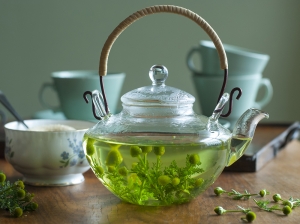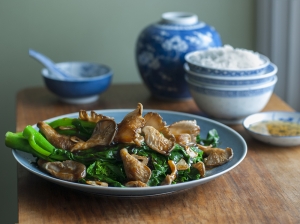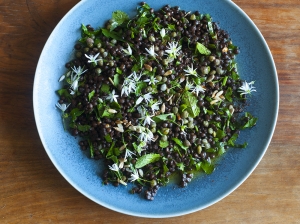An easy to identify plant usually found in large numbers with many flowers to make a salad pretty.
Home / Hedgerow Guide /
Rosebay Willowherb
Rosebay Willowherb
| Hedgerow Type | |
| Common Names |
Fireweed |
| Scientific Name |
Chamerion angustifolium |
| Season Start |
Apr |
| Season End |
Oct |
Please note that each and every hedgerow item you come across may vary in appearance to these photos.
Leaves
Long and lanceolate, green sometimes with a flush of red or a red leaf base.
The leaves of Rosebay Willowherb are unique in that the veins are circular and do not terminate at the leaf edges but form circular loops and join together. This can help with identification before the flowers appear.
Flowers
The flower has four purple/pink petals and some say it resembles a rose, hence the name.
The seed pod is long, thin and browny red, it contains hundreds of tiny, silky haired seeds that the wind can carry a long way.
Habitat
Bare soil, open woodland, paths, roadsides, gardens, waste ground and particularly on previously burnt ground.
Possible Confusion
Loosestrife, pictured, can look similar but with the different flowers and the unique leaf vein pattern of Rosebay Willowherb it should be hard to confuse theses plants.
Smell
Floral.
Taste
Pleasant while the leaves are very young.
Frequency
Common.
Collecting
The very young shoots can be treated like asparagus and served with butter and lemon, the older leaves get very bitter.
Young leaves can be added to salads.
The soft inner part of the stem can be easily removed and used as a thickener for soups or stews.
The flowers can be used to brighten a salad.
Medicinal Uses
Has been used in the treatment of whooping cough, hiccoughing and asthma.
Other Facts
Fireweed, one of its common names refers to the fact that Rosebay Willowherb will grow on burnt ground as the seeds can settle deep in the soil and remain viable for many years.
A tiny bit of root left in the ground will grow into a plant after many years if the soil is disturbed.
The hairy seeds gathered together make a great tinder for sparks or friction fires.
The hairs have been used as a fine clothing fibre.



 (32 votes, average: 3.56 out of 5)
(32 votes, average: 3.56 out of 5)